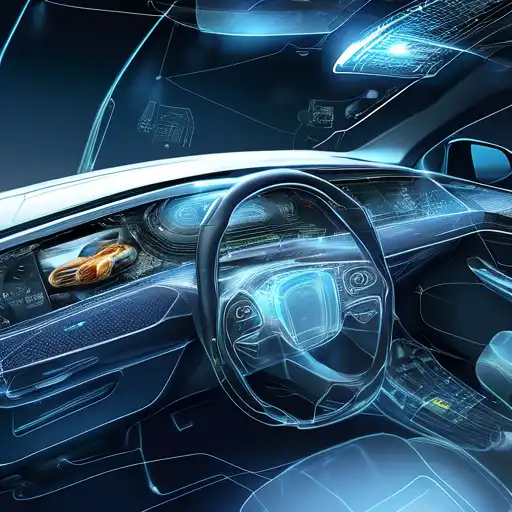Introduction to Embedded Systems in Automotive
Embedded systems have become the backbone of modern automotive engineering, driving innovations that enhance vehicle safety, efficiency, and user experience. These specialized computing systems are designed to perform dedicated functions within larger mechanical or electrical systems, making them indispensable in today's vehicles.
The Role of Embedded Systems in Enhancing Automotive Safety
Safety is a paramount concern in the automotive industry, and embedded systems play a critical role in addressing this issue. From advanced driver-assistance systems (ADAS) to anti-lock braking systems (ABS), embedded technologies are at the heart of safety features that protect passengers and pedestrians alike.
- ADAS: Utilizes sensors and cameras to detect potential hazards and alert the driver or take corrective action.
- ABS: Prevents wheel lock-up during braking, maintaining traction and reducing stopping distances.
- Electronic Stability Control (ESC): Helps drivers maintain control of the vehicle during extreme steering maneuvers.
Innovations Driven by Embedded Systems
Beyond safety, embedded systems are fueling innovation in the automotive sector, enabling features like autonomous driving, connected car technologies, and electric vehicle (EV) management systems. These advancements are not only making vehicles smarter but also more environmentally friendly.
For instance, embedded systems in EVs manage battery performance and energy consumption, optimizing range and efficiency. Similarly, in connected cars, these systems facilitate real-time data exchange between vehicles and infrastructure, improving traffic management and reducing accidents.
Challenges and Future Directions
Despite their benefits, the integration of embedded systems in automotive applications presents challenges, including cybersecurity risks and the need for continuous software updates. However, with advancements in artificial intelligence (AI) and machine learning, the future of embedded systems in automotive looks promising, offering even greater levels of safety and innovation.
As the automotive industry continues to evolve, embedded systems will remain a key driver of technological advancements, shaping the future of transportation. For more insights into automotive technologies, explore our technology section.
Conclusion
Embedded systems are revolutionizing the automotive industry, enhancing safety, and driving innovation. As these technologies continue to advance, they will unlock new possibilities for smart, efficient, and safe vehicles, marking a new era in automotive engineering.
